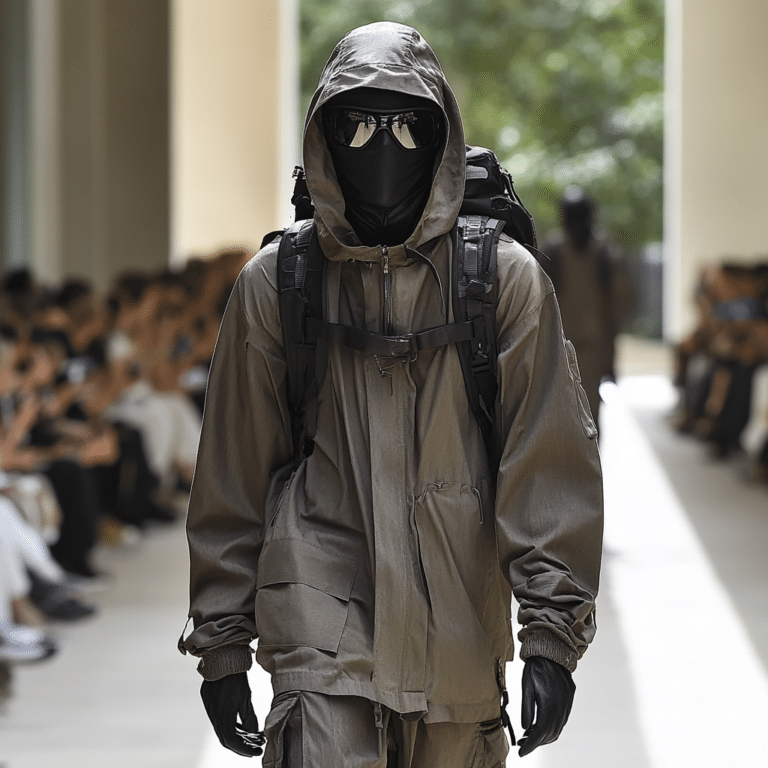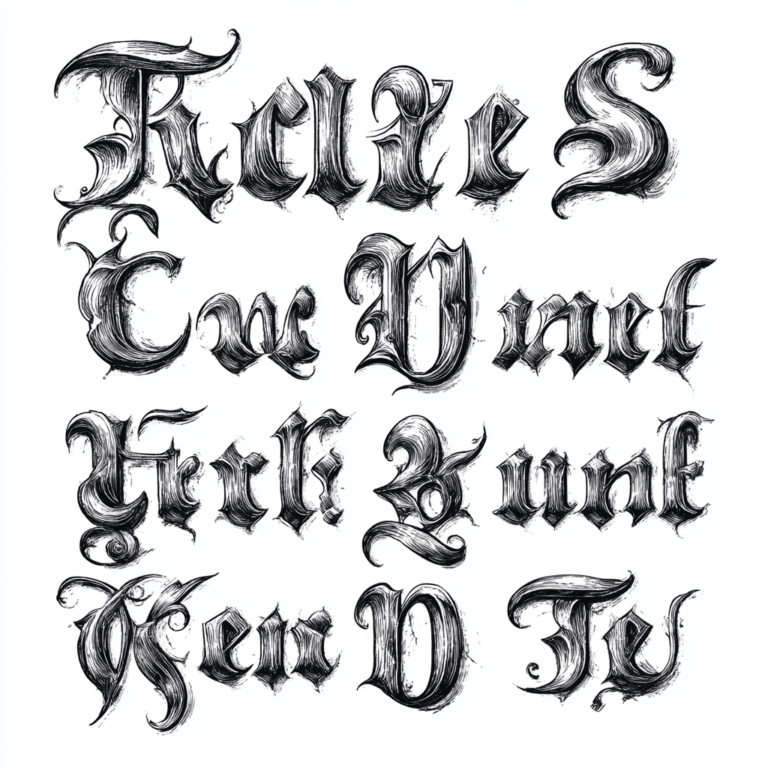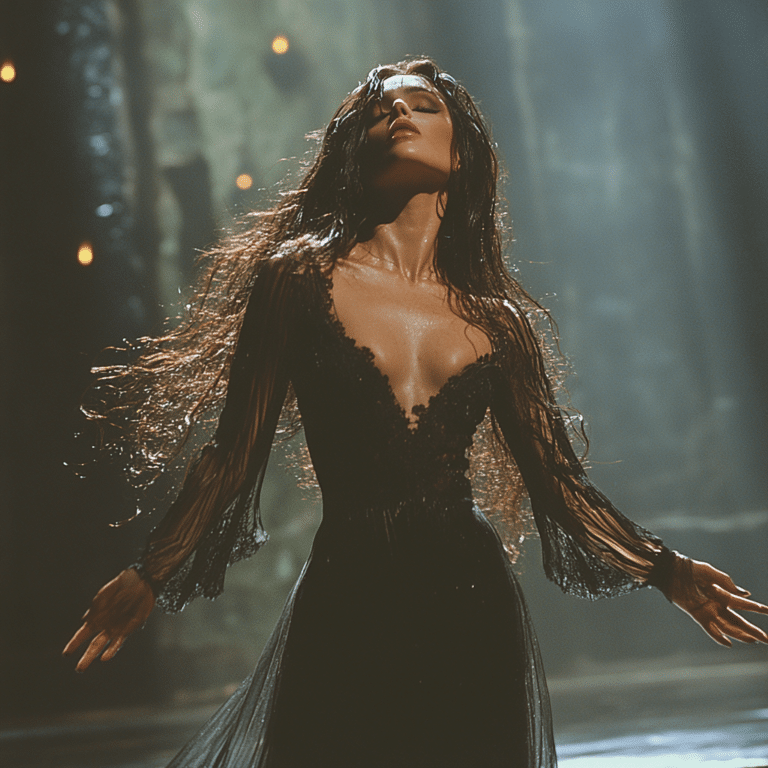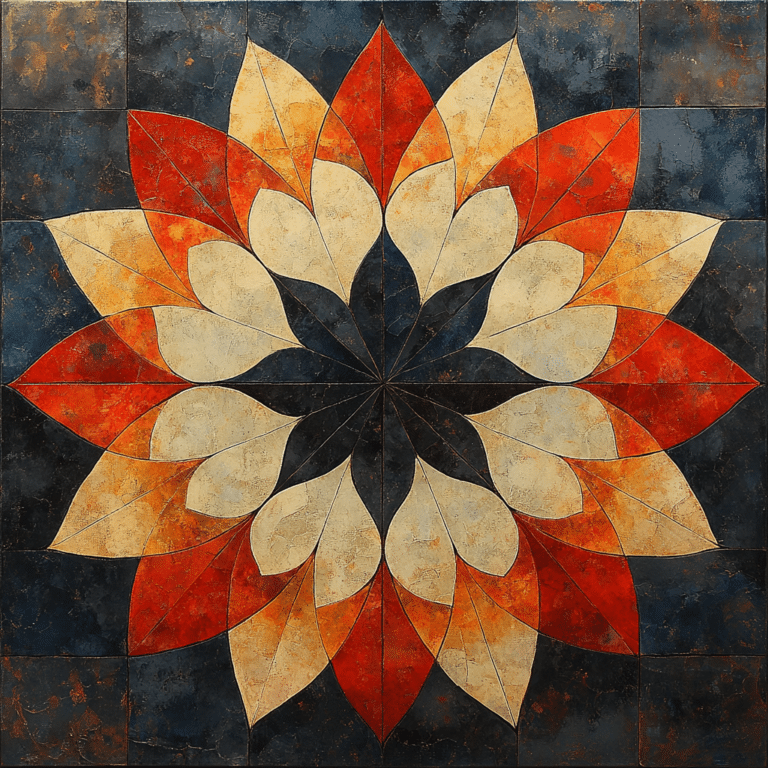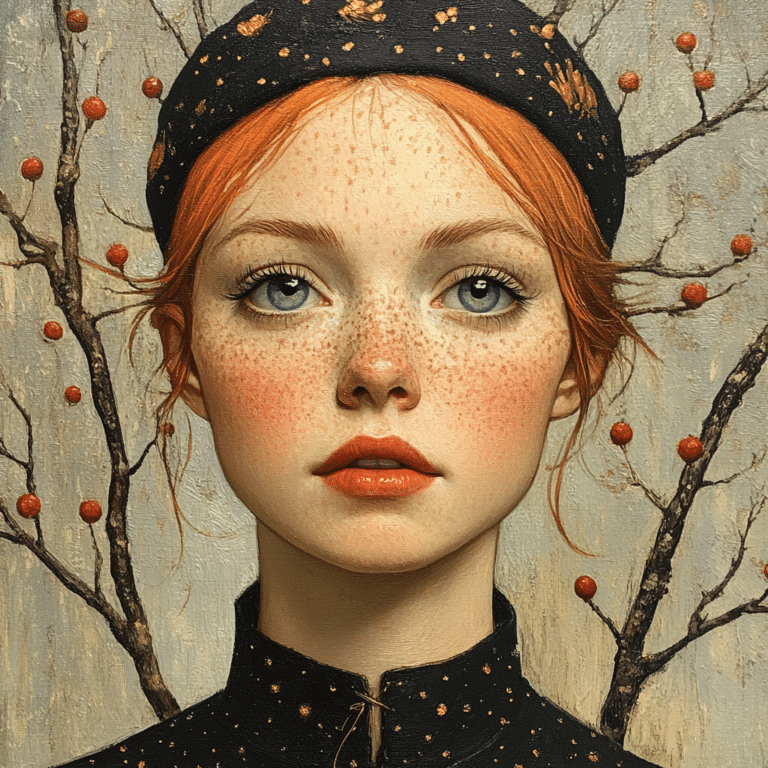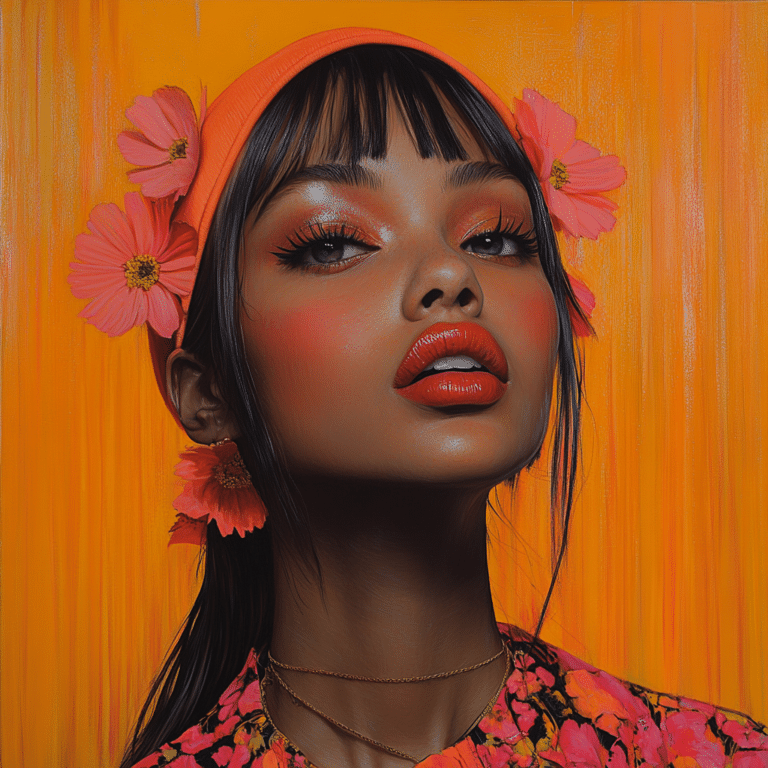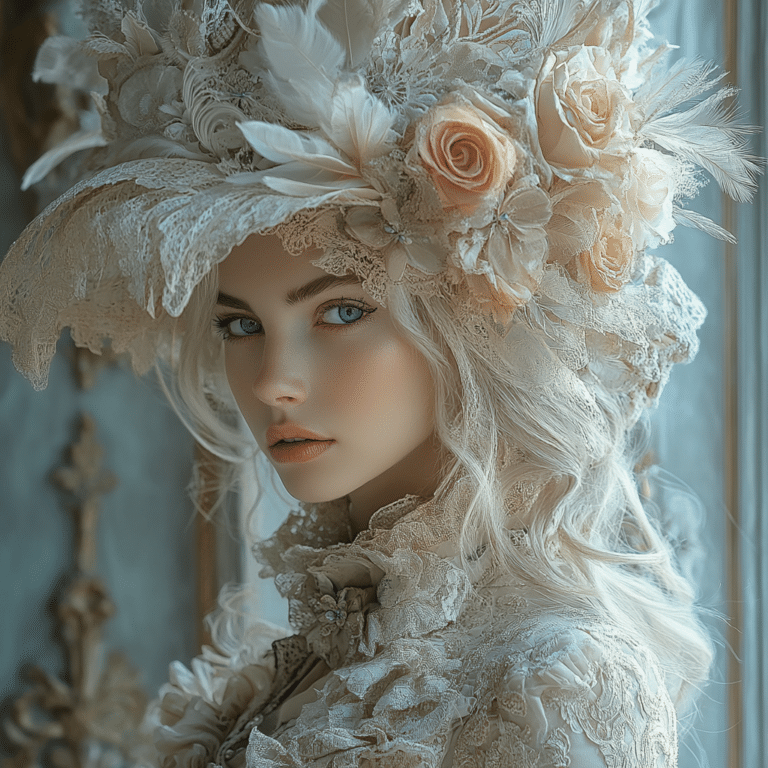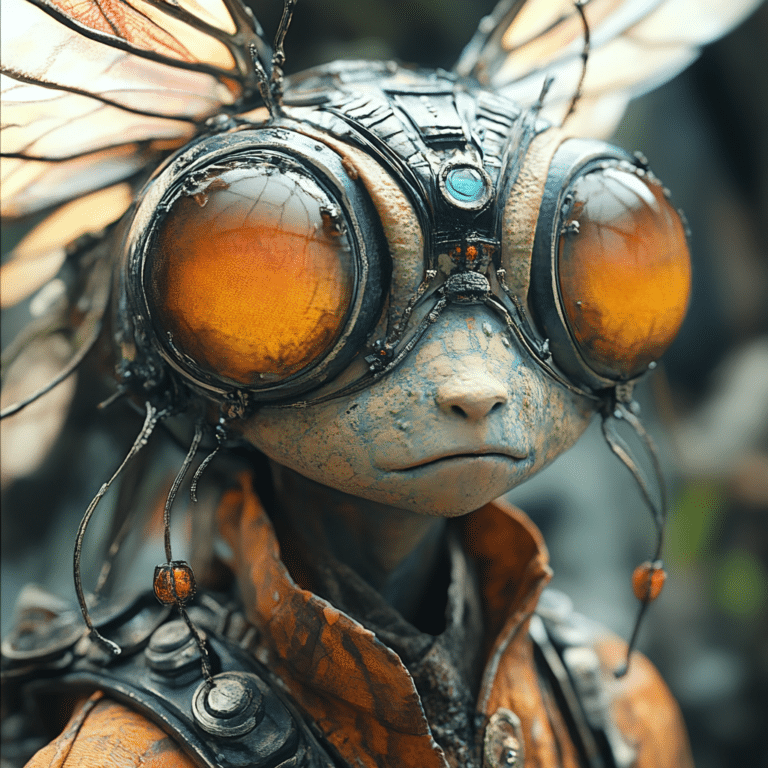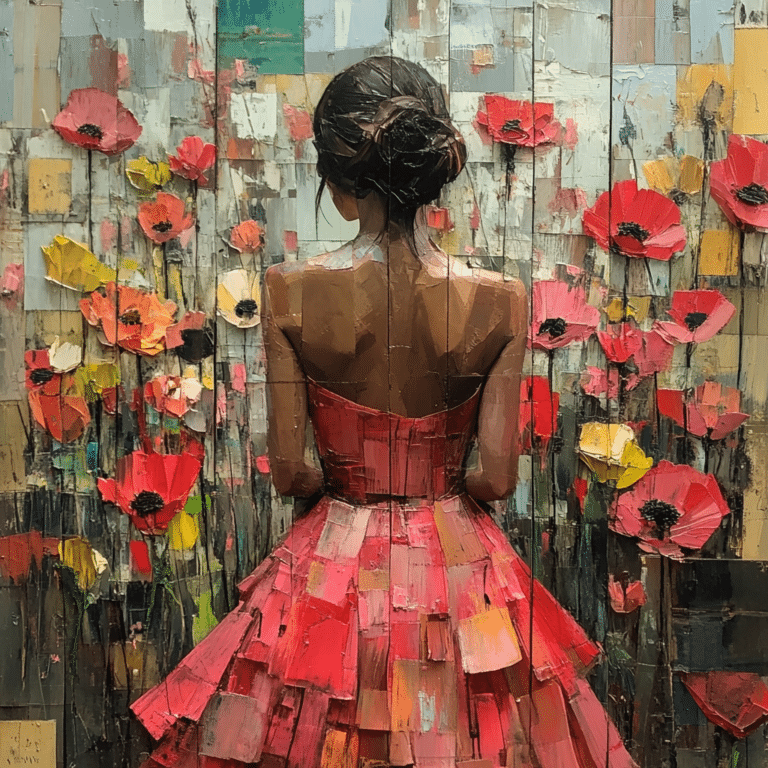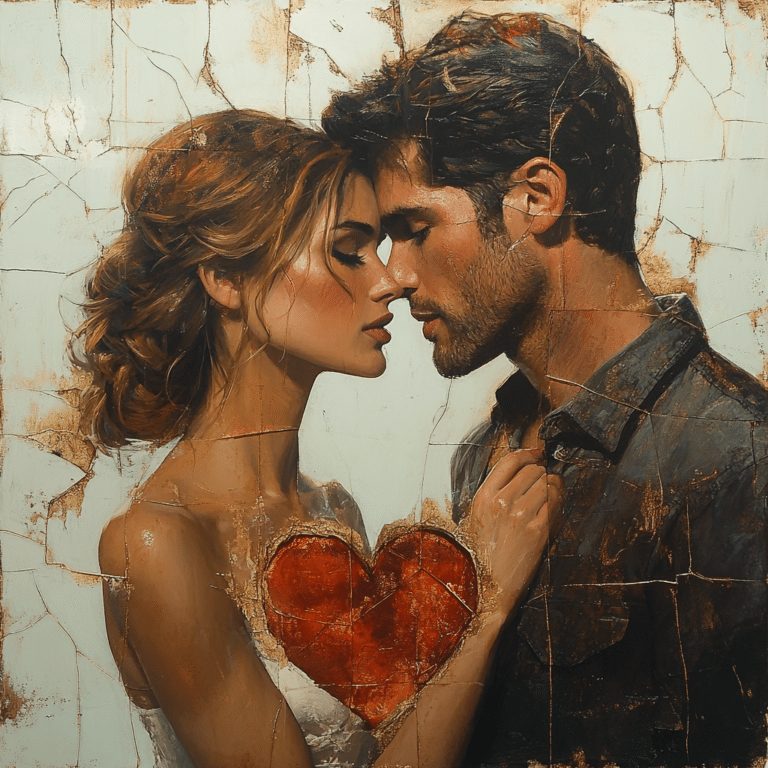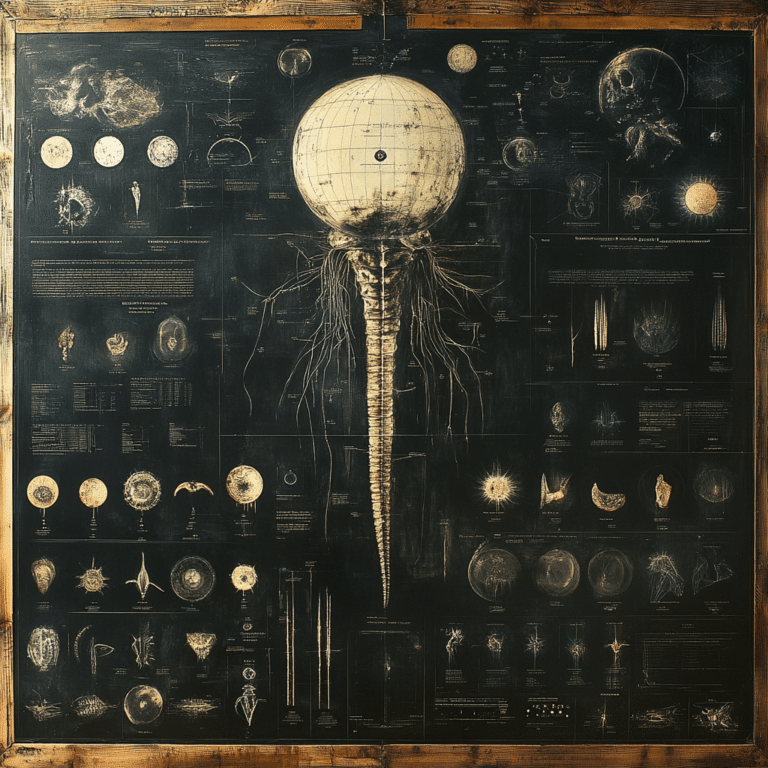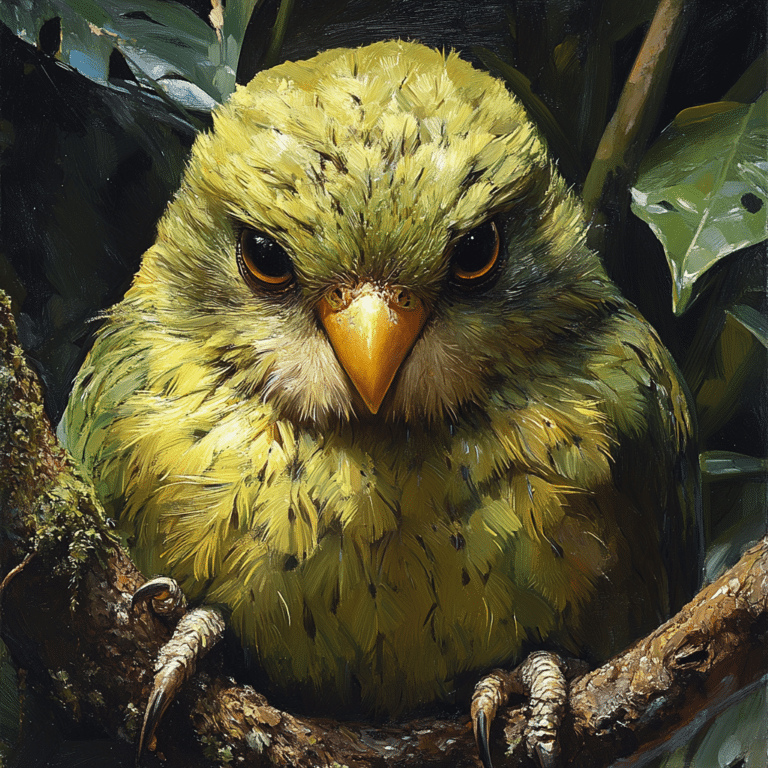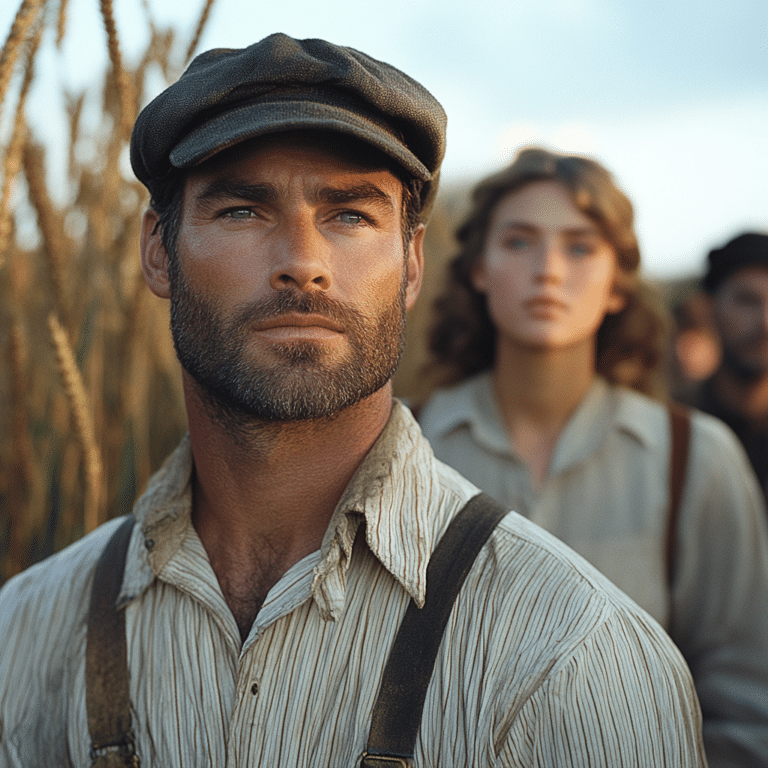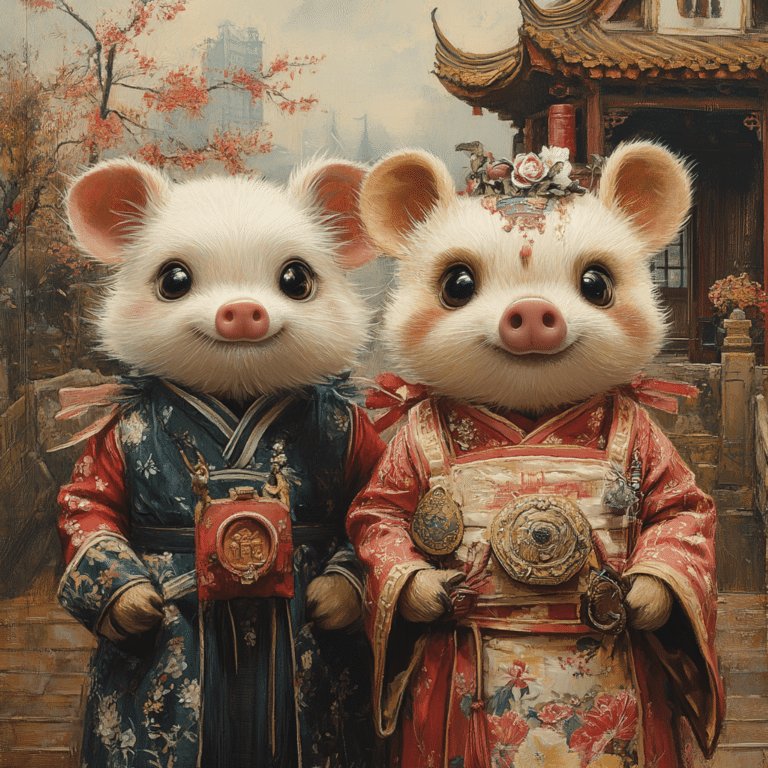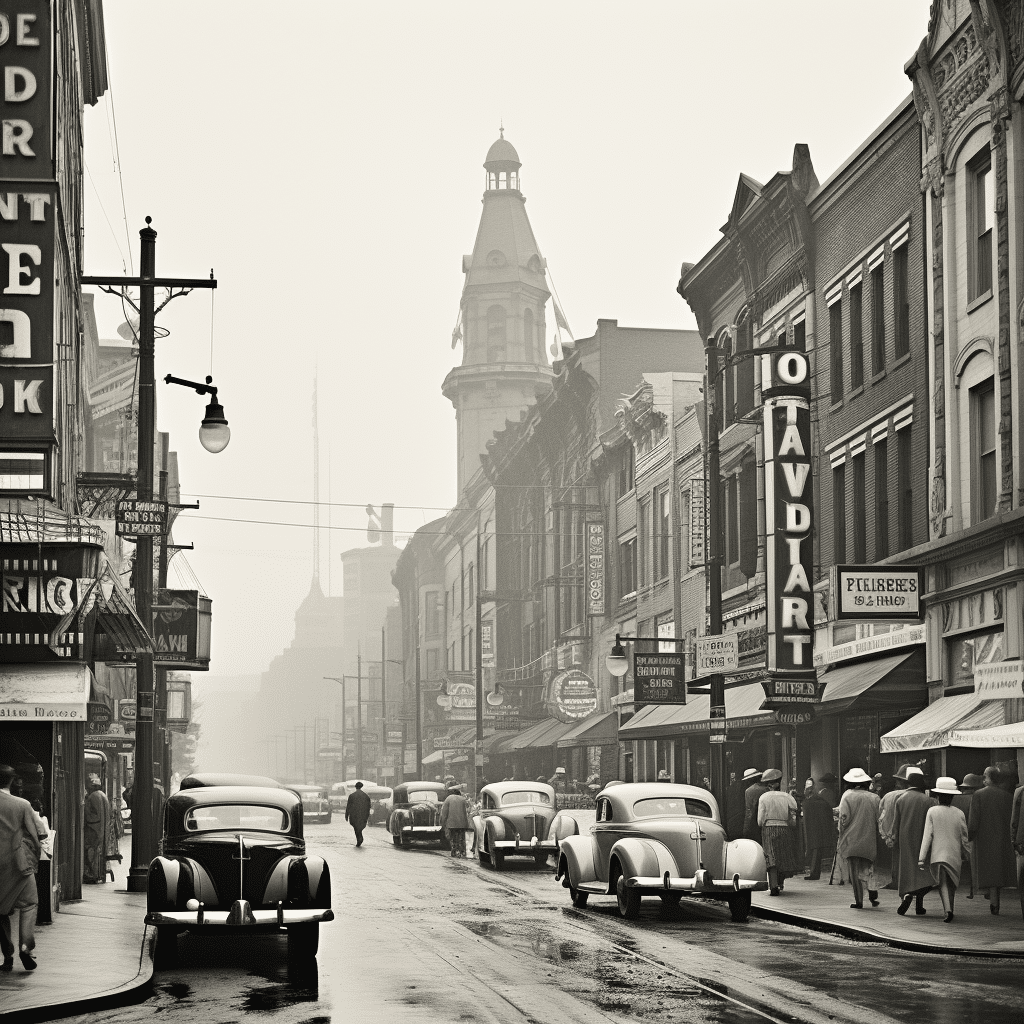The name Margiela evokes a certain mystique in the fashion world that has only grown since its inception. Founded by Belgian designer Martin Margiela in the late 1980s, Margiela is a fashion house synonymous with the art of deconstruction. Known for its radical approach, Margiela emphasizes breaking down traditional garment structures. Instead of merely following fashion trends, Margiela dismantles them—reinventing what clothing can be. With techniques like raw seams, distressed fabrics, and visible stitching, Margiela transforms everyday wear into high art, raising questions about beauty, identity, and self-expression.
Margiela offers a space where the eccentric is celebrated and the conventional is challenged. This philosophy opens the doorway to a broader conversation about fashion’s role in our lives. It’s about more than just clothing; it’s a statement on individuality. In a time when social media dominates how we perceive ourselves, Margiela’s designs invite wearers to redefine what they want their clothes to say about them.
The journey of Margiela doesn’t solely belong to Martin. After he left in 2009, the brand ventured through a winding path until John Galliano took the reins in 2014. His unique sense of spectacle has reinvigorated the house, but the spirit of Margiela endures, influencing new designers who echo its deconstructed ethos. Margiela, with its focus on innovation, remains at the forefront of fashion, challenging the very fabric of clothing conventions.

The Philosophy Behind Margiela’s Deconstructed Aesthetic
At the heart of Margiela’s philosophy lies a deep-seated belief in the power of deconstruction. Rather than adhere strictly to classical design principles, the brand thrives on its willingness to tear down those structures. By leaving seams exposed and often using oversized silhouettes, Margiela conveys that beauty does not necessarily conform to established norms. Distressed fabrics tell stories, suggesting wear and history—filling each piece with significance.
Take, for instance, the Tabi Boot, an emblem of Margiela’s deconstructionist ideology. Its split-toe design may appear bizarre at first glance, but it has melded seamlessly into the vocabularies of both street style and high fashion—all while retaining its distinctly Margiela flair. The boot shows how mentally flipping the script on traditional design can yield something utterly compelling.
This willingness to redefine is profoundly human. We’ve all felt the pressure to fit into molds fashioned by others, yet Margiela encourages a dance with imperfection. The playful angles of the Ankle-Length Skirt or the provocative visions of deconstructed tailoring compel wearers to embrace their identities unapologetically. In a world rife with cookie-cutter fashions, Margiela dares us to veer off the expected path.
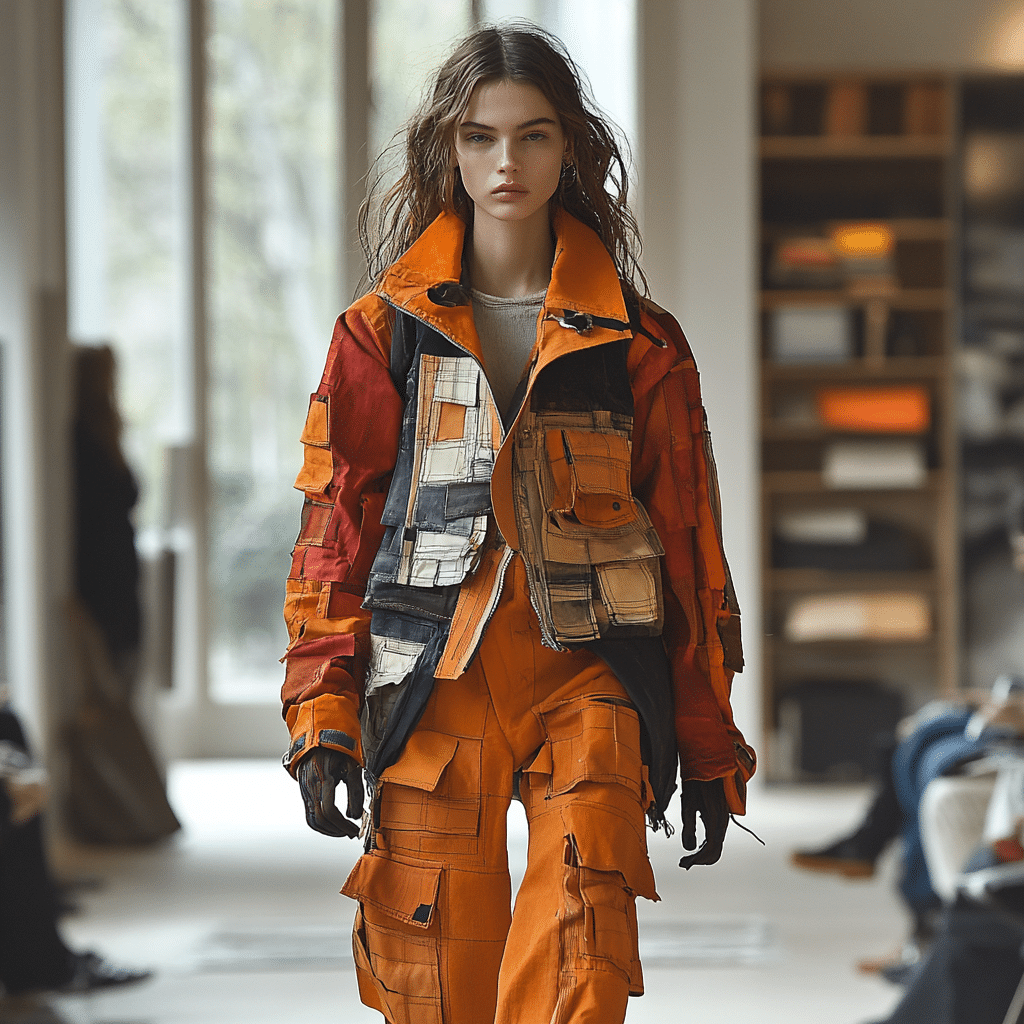
Top 7 Iconic Margiela Looks that Changed the Fashion Landscape
The Margiela legacy continues to redefine fashion as it pulls together threads from different cultures and identities. It’s not just influence—it’s a foundation upon which new narratives are built.

Influences of Pop Culture: Moon Zappa and Jerry Van Dyke in Margiela’s Universe
Fashion doesn’t exist in a vacuum; it draws heavily from the cultural milieu surrounding it. In this context, figures like Moon Zappa and Jerry Van Dyke play pivotal roles in influencing Margiela’s vision. Zappa’s offbeat musical genius, which melded satire and avant-garde themes, parallels Margiela’s quest for originality. Just as Zappa challenged musical norms, Margiela invites wearers to carve their paths through fashion.
Similarly, Jerry Van Dyke’s eccentric humor illustrates the playfulness that defines Margiela’s spirit. His comedic roots resonate with Margiela’s philosophy that fashion too can be an avenue for personal expression. Dresses that feel like they’re wearing a personality, not just a body, echo the blend of humor and art seen in Van Dyke’s performances.
Together, these pop culture icons contribute to a more profound understanding of Margiela’s work. Their stories remind us that the lines between art and life blur significantly in fashion. As designers reference these cultural artifacts, they push boundaries, drawing us in with a sense of the familiar even as they’re challenging our perceptions.
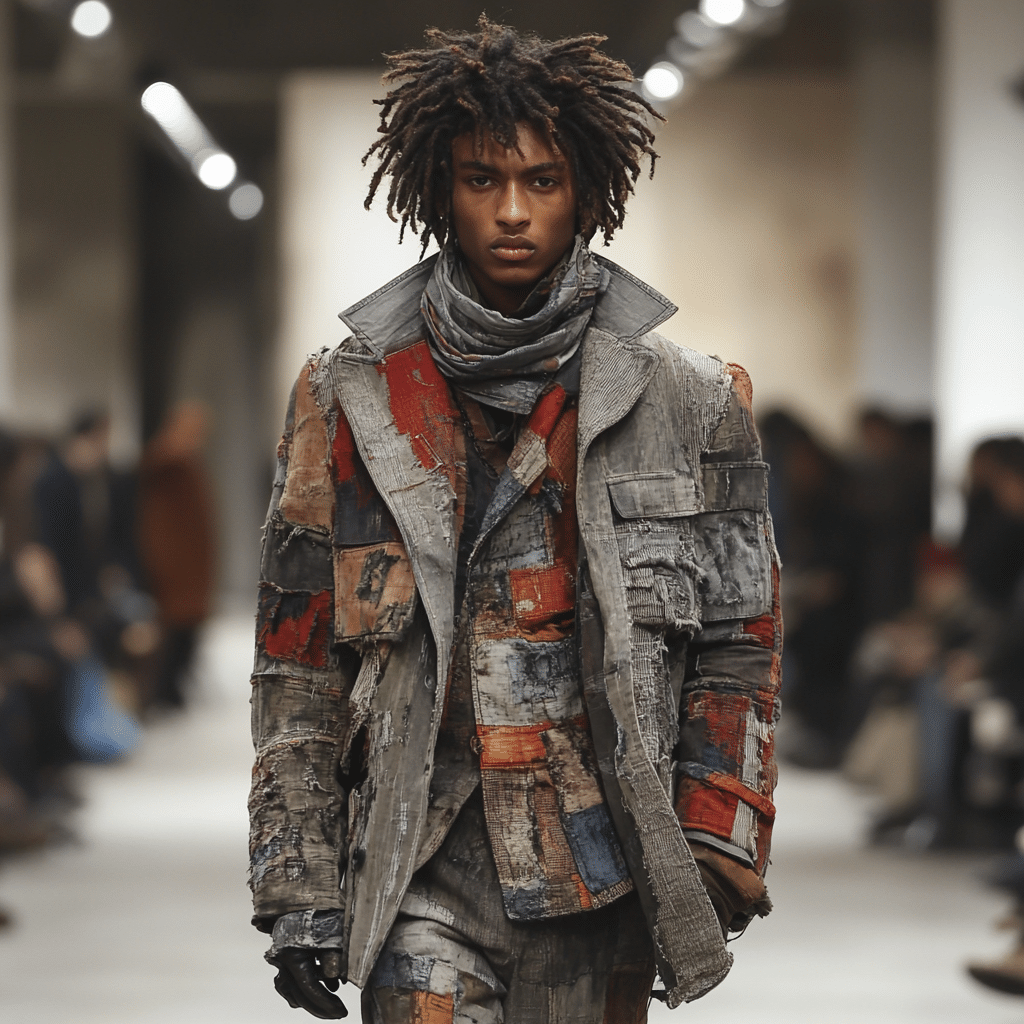
Forrest Gump and the Cultural Fabric of Deconstructed Fashion
Stories of individuality often emerge from the world of cinema. Characters like Forrest Gump—a man who wore his heart on his sleeve through his quirky clothing choices—demonstrate the impact that fashion has on storytelling. Like Forrest, who didn’t conform to societal norms, Margiela’s designs offer a canvas for expressing personal narratives.
In the fashion universe, wearers often seek to reflect their inner truths just like Gump did amidst life’s tumultuous currents. Margiela captures this rebellious spirit perfectly, allowing garments to serve as a backdrop for self-expression. Think about it: each deconstructed piece reflects layers of a person’s journey—echoing the message that it’s not just about looking good, it’s about feeling authentic.
This interplay between storytelling and fashion becomes increasingly relevant today. As we navigate our narratives, the garments we choose can embody not just style but our words, emotions, and histories. Margiela stands as an invitation to embrace authenticity with courage.

The Contemporary Evolution of Margiela’s Legacy
As we step into 2024, the Margiela legacy continues to thrive, influencing a new generation of designers. Young talents from Balenciaga to Vetements look back at Margiela’s deconstructive approach, integrating it into their collections in ways that feel fresh and original yet pay homage to the house’s roots.
The impact of Margiela’s ethos extends across borderlines and cultures. As fashion grapples with questions of identity and gender, Margiela stands firm, challenging the conventions that dictate how we dress. With a brand narrative that encourages questioning, experimentation, and self-exploration, Margiela paves the way for future designs that resonate deeply with the current zeitgeist.
Cultural narratives continue to evolve, and with them, our understanding of fashion’s role in society. The teachings of Maison Margiela remain critical, pushing us to evaluate not just the clothes we wear but the stories we tell through them. It urges us toward self-discovery in a world that often seeks to homogenize.
Innovative Wrap-Up
In the dynamic landscape of 2024, Margiela serves as a beacon for creativity, pushing boundaries and redefining notions of style and identity. This approach, deeply rooted in deconstruction, tells us that fashion is more than fabric and thread—it’s an extension of who we are and what we believe. Margiela beckons designers and wearers alike to join a conversation about authenticity and expression in fashion.
With each stitch in the extraordinary garments that come from Margiela, we’re called to explore our identities, creating a dialogue that encompasses a diverse array of voices. As banal and uniform fashion practices loom large, Margiela shines like a brilliant star, reminding us of the individual stories woven into the fabric of our lives—celebrating originality and artistry in every thread.
You can explore further insights on fashion, culture, and dining at places like the Conrad Restaurant or delve into the latest lifestyle finds, including good mortgage Companies. Don’t forget to check out the latest in pop culture news with connections to Fargo Season 4 and insightful art with Banksy ’ s works that confront societal norms. Whether it’s catching up on Thursday Night Football or following the legacy discussions surrounding dynamic personalities like Ronald Torbert, the conversations continue to inspire innovative explorations beyond fashion.
Margiela: The Extraordinary World of Deconstructed Fashion
The Visionary Behind It All
Did you know that Martin Margiela, the enigmatic designer behind the brand, famously remained out of the spotlight? He rarely gives interviews and prefers to let his work speak for itself. This kind of mystery isn’t unlike the current buzz around Santa Ono’s recent letter to the Big Ten, which stirred conversations across various platforms. Margiela’s style defies conventional fashion techniques, often featuring garments that appear as though they are in different states of completion. This deconstructed approach not only challenges traditional fashion norms but also invites wearers to rethink how they express their individuality.
Daring Designs and Artistic Influences
Margiela’s designs continually push boundaries, often using unconventional materials and techniques. For instance, his collections frequently include garments with exposed seams and unfinished hems. Similarly, the influence of cultural icons, like the Spanish influence found in the history of Aragon, plays a critical role in shaping unique aesthetics. Margiela exemplifies how historical references can be reinterpreted in modern design. His creations are frequently seen as art pieces that stimulate conversation and provoke thoughts about consumer culture and identity.
A Lasting Impact
As deconstructed fashion gains traction, many find themselves intrigued by Margiela’s thought-provoking design philosophies. Interestingly, like those who find solace in “chillin in my 30s after getting fired,” Margiela’s work encourages a perspective shift, inviting individuals to embrace imperfections and celebrate authenticity. This approach resonates deeply in today’s fashion landscape, making Margiela not just a designer but a revolutionary figure in contemporary clothing design. The brand is a testament to how art and fashion can intersect, creating a memorable legacy that continues to inspire new generations.
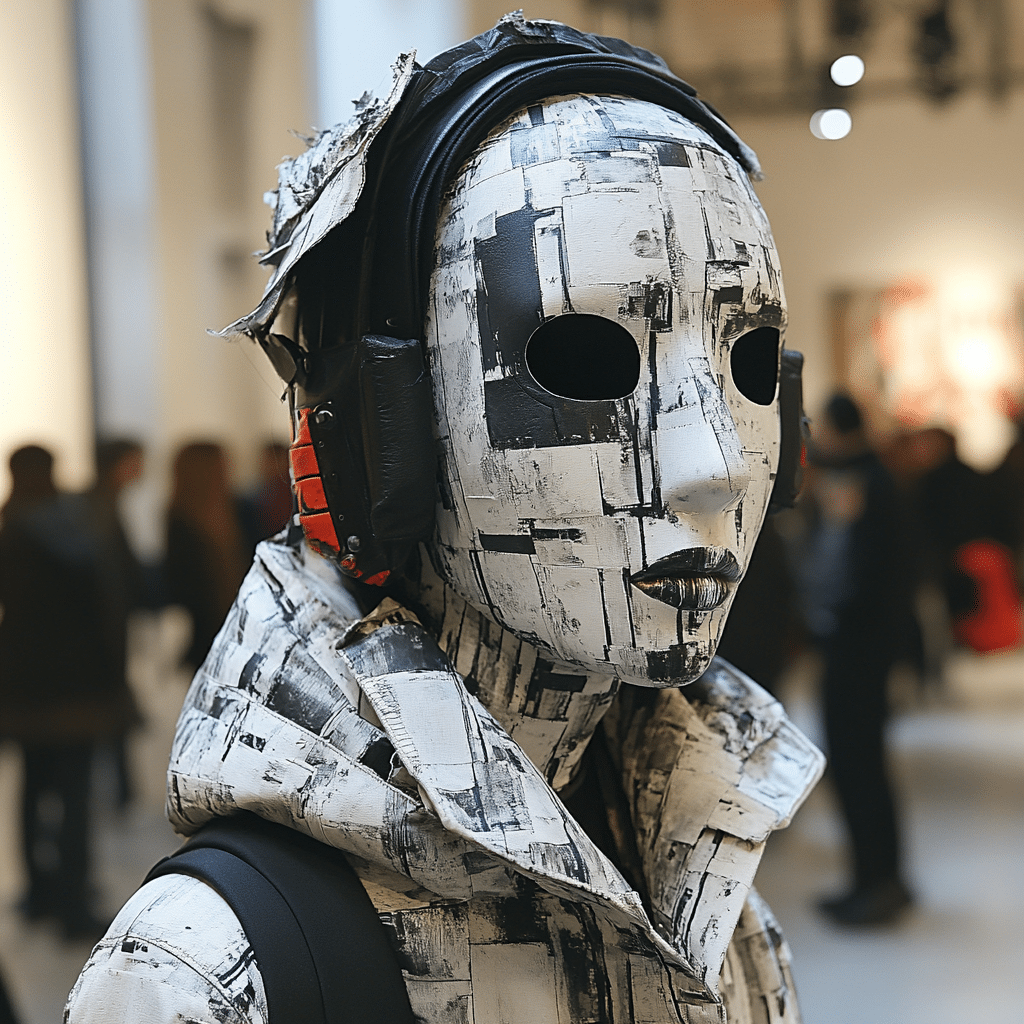
Why is Margiela so famous?
Margiela’s fame comes from its bold approach to fashion, blending deconstructive design with an avant-garde spirit. The brand often plays with conventional styles, adding just enough of a twist to make things feel new and exciting.
Why are Margiela expensive?
The high prices for Margiela come down to the quality of craftsmanship and the unique designs. While you might see pieces that seem pretty standard on a rack, they usually have a distinctive touch that sets them apart from typical fashion.
What is Margiela?
Maison Margiela is a French fashion house started by Belgian designer Martin Margiela. The brand is known for its unconventional styles and thought-provoking designs that challenge traditional notions of fashion.
What happened to Margiela?
After Martin Margiela left in 2009, the brand went through a rough patch without a creative guide. Things changed in 2014 when John Galliano stepped in as head designer and injected new life into the label.
Is Margiela high end?
Definitely, Margiela is considered high-end. It’s sought after by fashion enthusiasts and is known for its luxurious materials and innovative designs that make it stand out in the fashion world.
Is Margiela anti fashion?
While Margiela isn’t anti-fashion, it does challenge mainstream fashion conventions. The brand embraces deconstruction and upcycling, which often comes off as a critique of typical fashion trends.
Why do people like Maison Margiela?
People gravitate towards Maison Margiela for its unique designs and high-quality craftsmanship. It offers something different that feels special, appealing to those who want to stand out in a crowd.
Are margielas comfortable?
Margiela pieces tend to be comfortable, especially given their oversized silhouettes and relaxed fits. The attention to detail in the designs also tends to enhance overall wearability.
Does Margiela still design?
Yes, Margiela still designs, with John Galliano leading the charge. The brand continues to innovate and evolve while maintaining its core principles of unconventional fashion.
Who is the Margiela woman?
The Margiela woman embodies individuality and a strong sense of personal style. She appreciates the avant-garde and is often unafraid to push fashion boundaries.
What is Margiela’s aesthetic?
Margiela’s aesthetic leans towards the avant-garde and deconstructive, often featuring elements like exposed seams and unexpected shapes. It’s a blend of the unconventional and wearable.
Is Margiela minimalist?
While not strictly minimalist, Margiela does have a certain understated vibe, with designs that often strip away excess to focus on essential forms and functions.
When did Margiela leave fashion?
Martin Margiela stepped back from the fashion industry in 2009, leaving a significant impact on avant-garde fashion while paving the way for future directions for the brand.
Who is the designer of Margiela now?
The current designer of Margiela is John Galliano, who took on the role in 2014, bringing his flair for spectacle and creative storytelling to the label’s identity.
What does Margiela smell like?
Maison Margiela is known for its unique fragrances that often combine unexpected elements, offering a scent experience distinct from mainstream perfumes.
What makes Maison Margiela special?
Maison Margiela is special because of its commitment to breaking fashion norms and its focus on thoughtful design. The brand’s heritage and innovative spirit make it a standout in the fashion industry.
Why do people like Maison Margiela?
Fans of Maison Margiela appreciate its willingness to challenge norms and the exquisite craftsmanship that goes into each piece. It creates a strong emotional connection for its wearers.
Who is influenced by Margiela?
Many contemporary designers and brands draw inspiration from Margiela’s deconstructed approach and innovative thinking, showcasing the brand’s lasting influence in the fashion world.
What is the philosophy of Margiela brand?
The philosophy behind Margiela centers on deconstruction and rethinking traditional fashion. It’s about questioning norms, sustainability, and celebrating individuality through creative expression.

